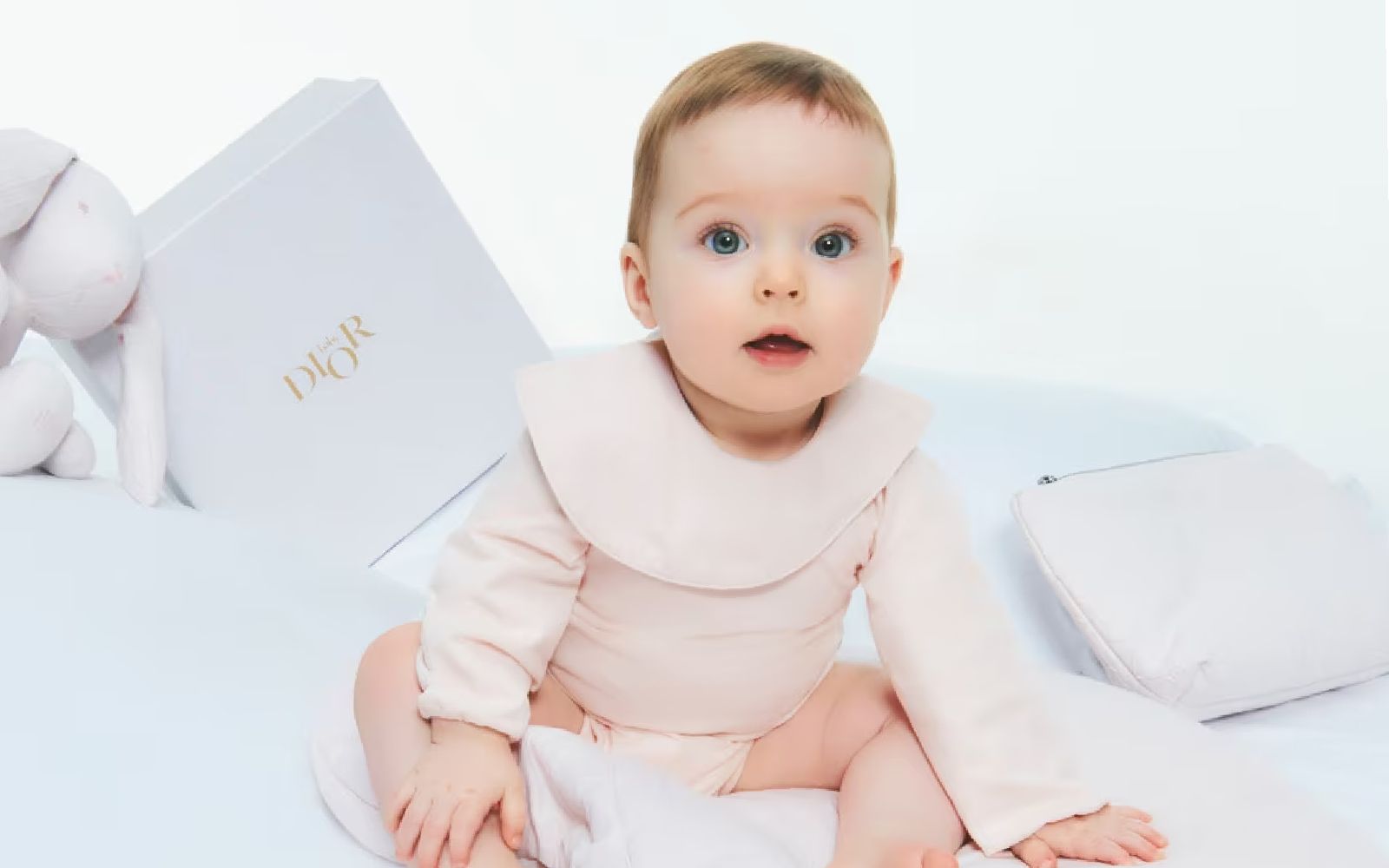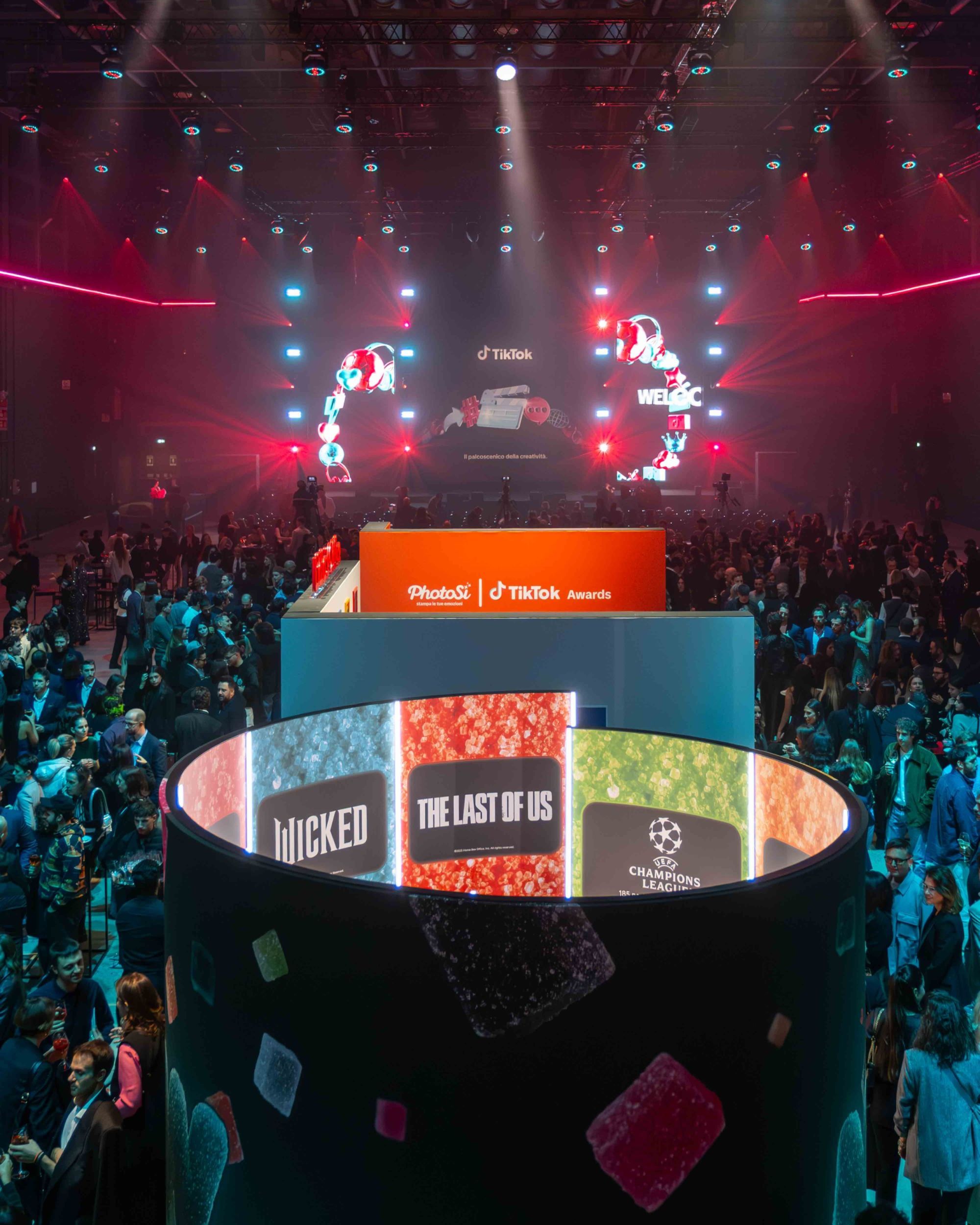
Is baby bling controversial or just expensive? A deep dive in the world of luxury kidswear
Remember pagan queen contests, like Toddlers and Tiaras in the early 2000s? Or the mini-me trend when every celebrity dressed their child in the same outfit as themselves? This trend didn’t go unnoticed by the luxury world – if you want, you can get every possible item in a mini version – from Dior sneakers, a farmers market Marni bag to a glamorous dress. The market for mini-me fashion, also called baby bling is booming – but why? It is one thing to dress one’s child in luxury, and it is another thing to market it. Just look at the Kardashian family and their children. They essentially grew up on television, and whatever they wear is pretty much guaranteed to sell out – the same goes for the outfits of the children from the English Royal family – whatever they wear is becoming a sellout. Recently, a gossip paper even called Princess Charlotte a fashion icon, because her outfits polarise and sell out the minute an image is published.
@kardashfanss Can’t wait for North to rule fashion week when she’s older #northwest #north #kimkardashian #kimkardashianwest #kardashianshulu #schiaparelli #danielroseberry original sound - Kardash Fanss
Recently, North West, the daughter of Kim Kardashian and Kanye West went viral with a few clips from their reality show, where she comments on her mother’s outfit at the Met Gala whilst wearing Chanel herself. As soon as she laid eyes on the pearly Schiaparelli gown Kim wore, she calls it tacky and is seemingly enjoying herself – she is branded as the new Kylie, she is the Gen Alpha fashion expert that the whole world is watching, whilst being decked out in custom luxury clothes. Just before those clips went viral, she was on the cover of i-D magazine. In a video, the TikToker Ella Hewitt unboxes the issue, calling it a piece of history. But is putting a 10-year-old on the front cover of a magazine really a piece of history, when popular culture has always been obsessed with the offsprings of celebrities?
@ellahewit DON’T buy Vogue- buy this instead!!! Peep my new fashion account @Prof de la Mode original sound - Ella Hewitt
On May 5th, 2021, the Canadian online e-tailer SSENSE launched SSENSE Kids, where trendy parents can shop for childrenswear, exclusive to the website. What was special about it is that you could shop for kids’ clothing from cool, young brands, for example, Collina Strada or Chopova Lowena, small, independent brands that usually don’t do kidswear. Additionally, the whole thing is gender-neutral. Clearly, the craze for kids luxury fashion is nothing new, but why is it booming all of a sudden? Generally, this feels like a strange shift. In the wider cultural landscape, children always meant money in different ways – fist of all, they cost a lot, and secondly, if a person in the public eye happens to become a parent, it is traditionally highly covered and advertised upon. Remember the fist outfits the royal babies wore? The pieces sold out in seconds. Some content creators even tied their newborn babies into collaborations for baby accessories and toddler gear. There has been a lot of critique about this, which resulted in a lot of creators censoring the faces of their children. If you think the kids’ hype is exclusively focused on fashion, the fragrance industry will happily prove you wrong. Dior launched a fragrance for children – retailing for over 200 euros. If you ask yourself now, who, apart from mega-rich celebrities buys luxury clothing, let alone perfumes for their children? In an article with the Guardian, Catherine Shuttleworth, the chief executive of Savvy Marketing, says: «Some of this demographic wants to live the lives of influencers of their generation, the Kardashians, the Beckhams.» It’s about the lifestyle and cultural association these brands offer – if you can’t be rich, look like one.
Dior just released baby perfume, what is the point? They’re gonna vomit milk every 2 seconds regardless???
— S (@CIoudsssssss) November 8, 2023
For many people, luxury has always been portrayed as an aspiration. It is rarely about the product in itself, it is about the cultural capital that is attached to it. Traditionally, a lot of celebrities dress their children in luxury clothing, and therefore, make it desired. Seeing them dressing their children in luxury lures people into buying luxury clothing for their kids too – in a way, it has the power to make people feel as if they are a part of a brand’s universe – even if they cannot afford they main line of the brand. By stimulating our senses and desires, they coin on the cult of celebrity and fandom – even if that is on the back of children.This is controversial, nevertheless, but maybe the first step in the right direction would be to stop publicising children like influencers, and therefore make less room to make children’s luxury desirable. Perhaps, the real issue is our obsession, not the product.














































